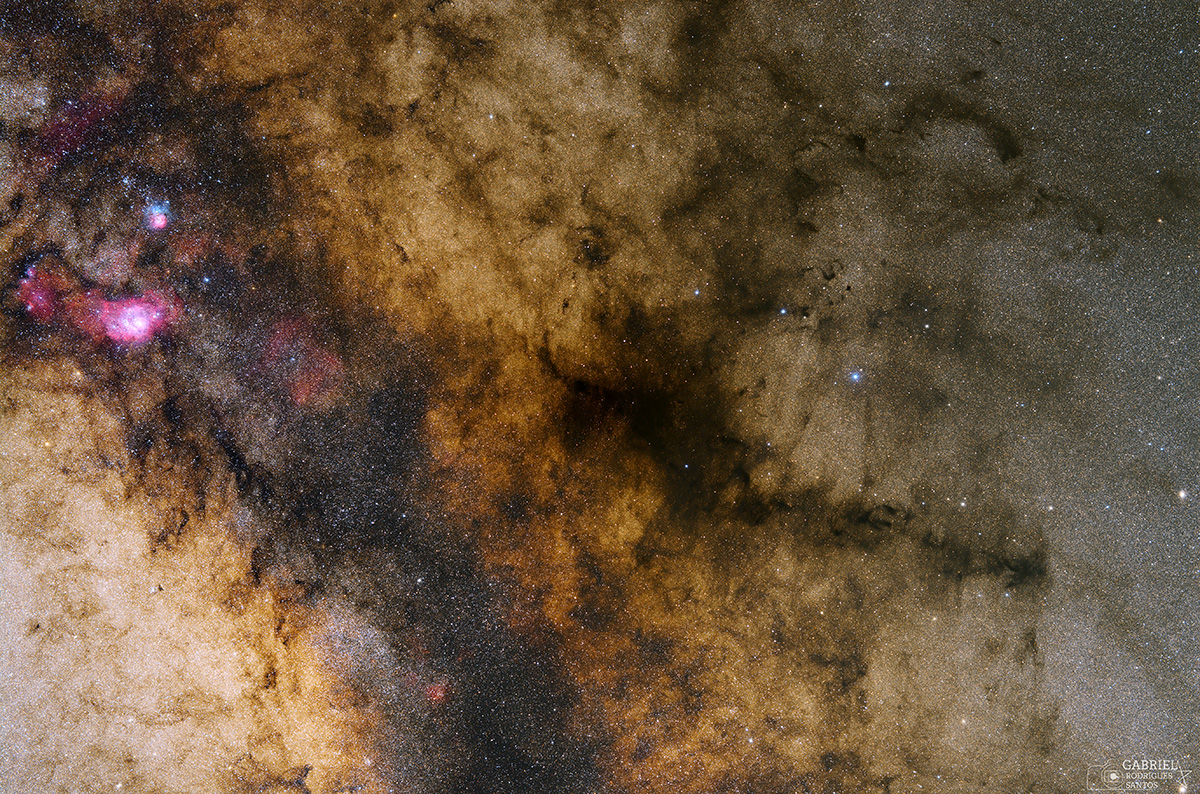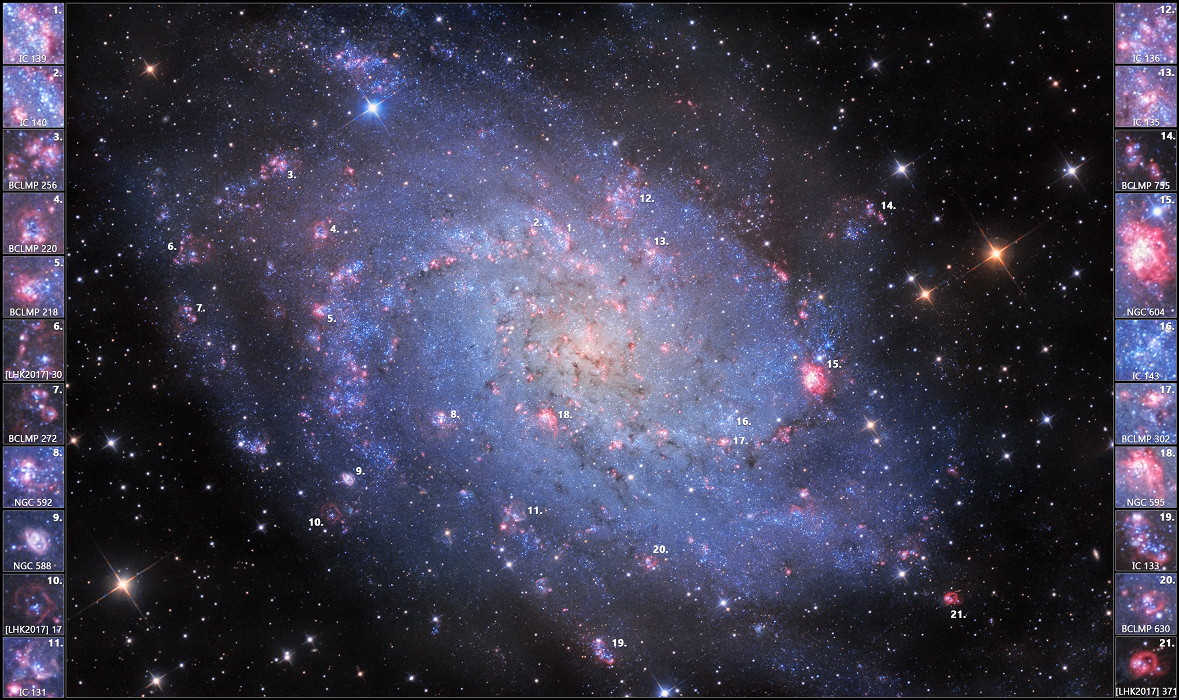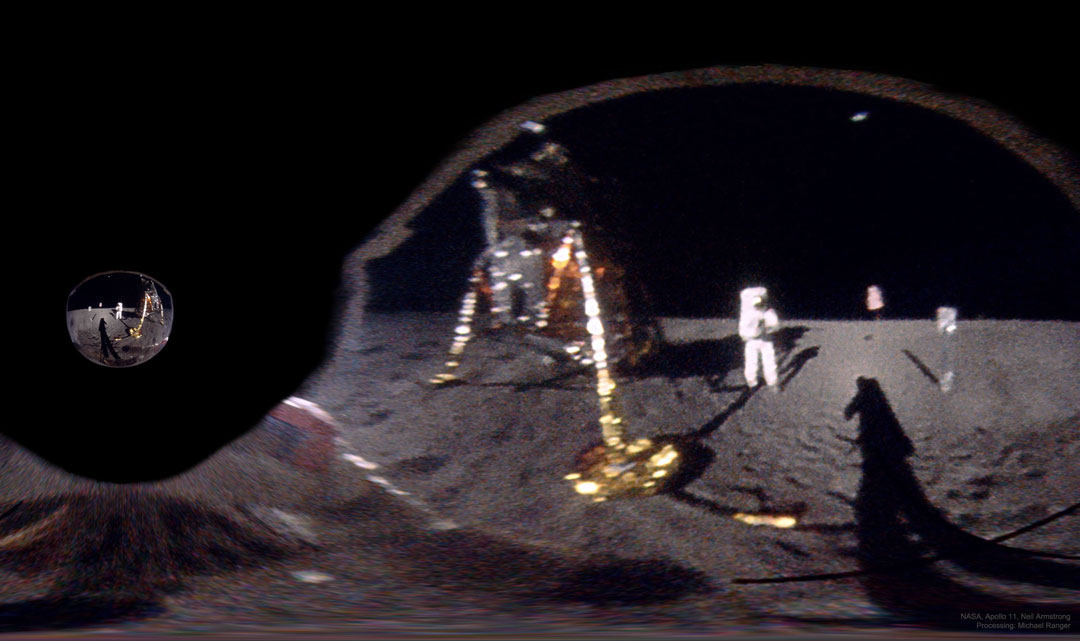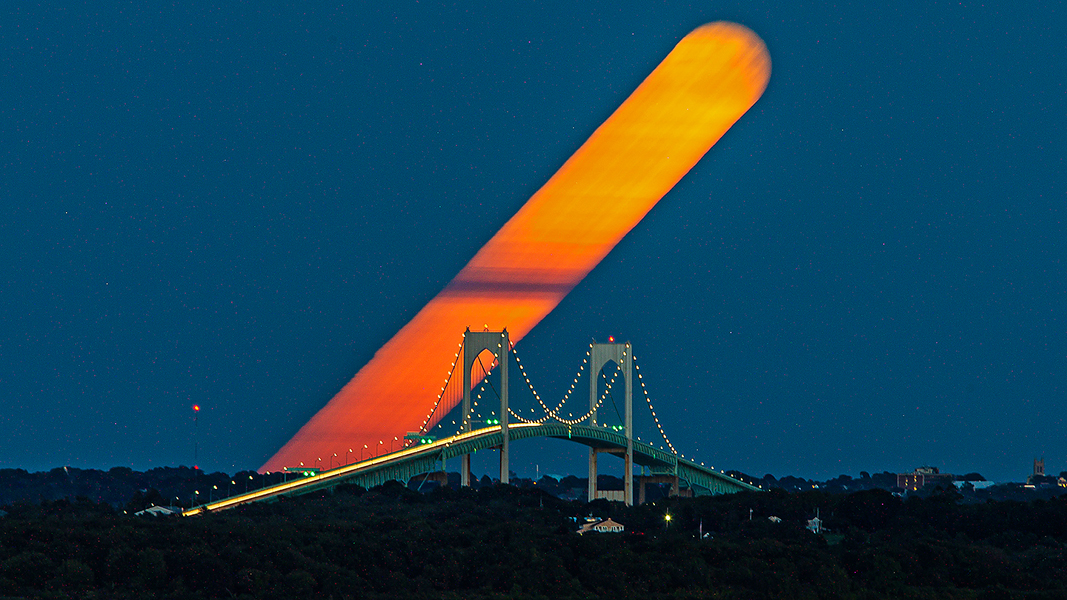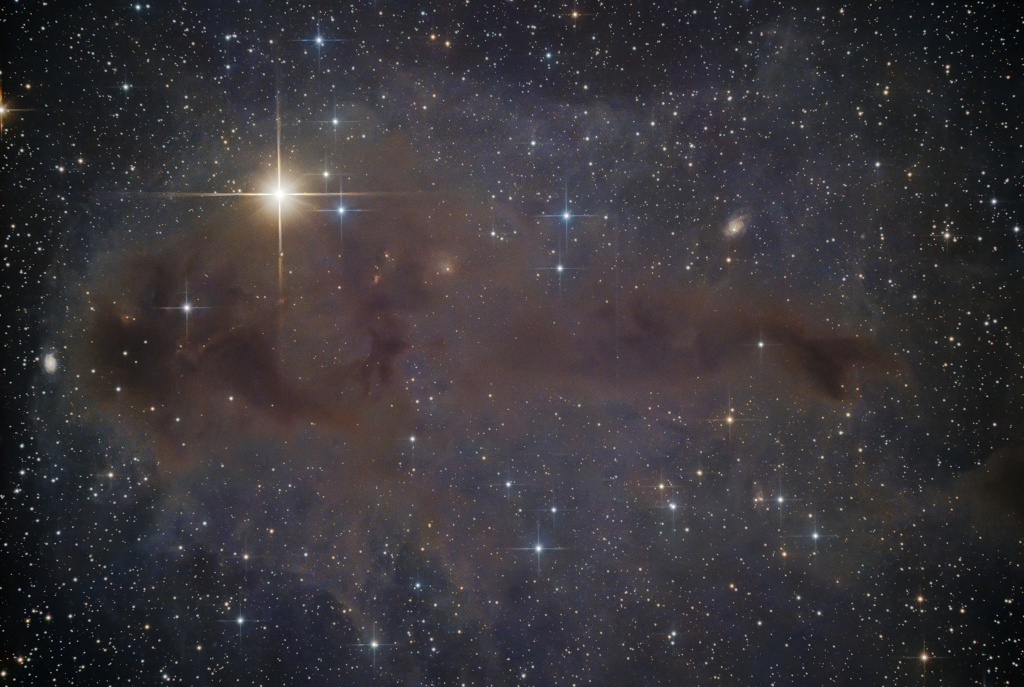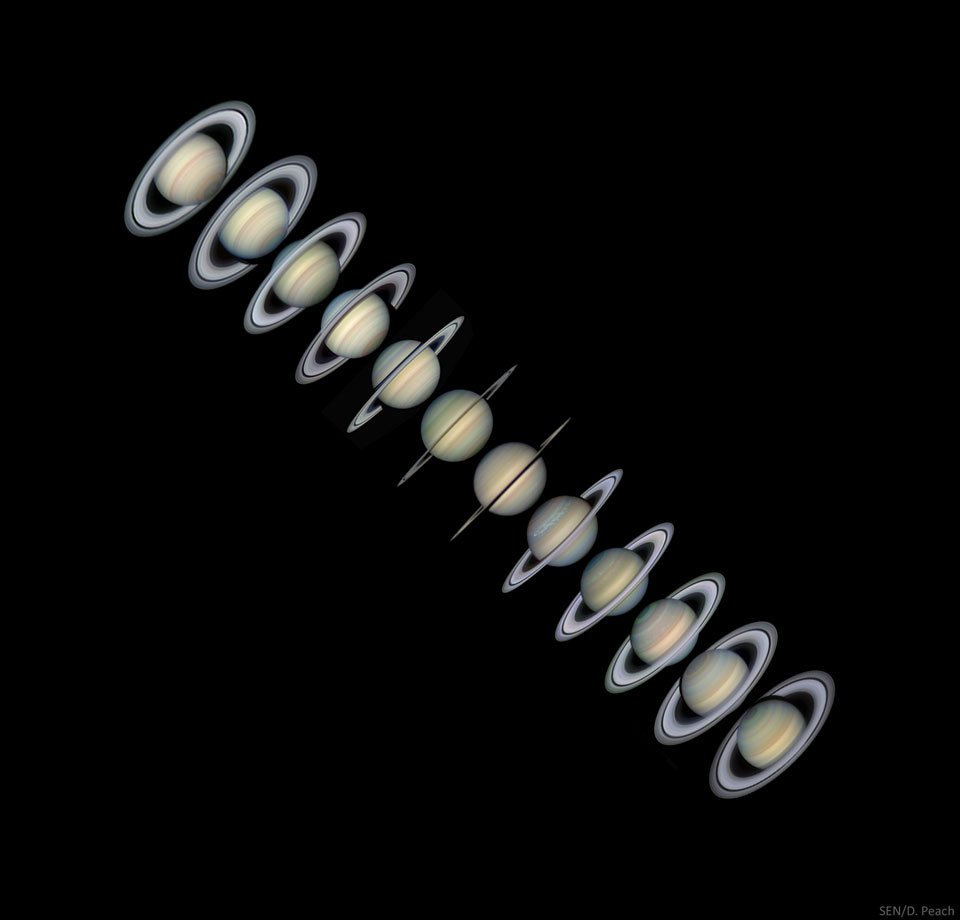Nombre total de pages vues
01/10/2021
PRATIQUE - Douleurs articulaires, arthrose, rumatismes
ASTRONOMY - The Central Milky Way from Lagoon to Pipe
2021 October 1
Image Credit & Copyright: Gabriel Rodrigues Santos
Explanation: Dark markings and colorful clouds inhabit this stellar landscape. The deep and expansive view spans more than 30 full moons across crowded star fields toward the center of our Milky Way Galaxy. Cataloged in the early 20th century by astronomer E. E. Barnard, the obscuring interstellar dust clouds seen toward the right include B59, B72, B77 and B78, part of the Ophiuchus molecular cloud complex a mere 450 light-years away. To the eye their combined shape suggests a pipe stem and bowl, and so the dark nebula's popular name is the Pipe Nebula. Three bright nebulae gathered on the left are stellar nurseries some 5,000 light-years distant toward the constellation Sagittarius. In the 18th century astronomer Charles Messier included two of them in his catalog of bright clusters and nebulae; M8, the largest of the triplet, and colorful M20 just above. The third prominent emission region includes NGC 6559 at the far left. Itself divided by obscuring dust lanes, M20 is also known as the Trifid. M8's popular moniker is the Lagoon Nebula.
30/09/2021
ASTRONOMY - The Hydrogen Clouds of M33
2021 September 30
Image Credit & Copyright: Luca Fornaciari
Explanation: Gorgeous spiral galaxy M33 seems to have more than its fair share of glowing hydrogen gas. A prominent member of the local group of galaxies, M33 is also known as the Triangulum Galaxy and lies a mere 3 million light-years away. Sprawling along loose spiral arms that wind toward the core, M33's giant HII regions are some of the largest known stellar nurseries, sites of the formation of short-lived but very massive stars. Intense ultraviolet radiation from the luminous massive stars ionizes the surrounding hydrogen gas and ultimately produces the characteristic red glow. To highlight the HII regions in this telescopic image, broadband data used to produce a color view of the galaxy were combined with narrowband data recorded through a hydrogen-alpha filter, transmitting the light of the strongest hydrogen emission line. Close-ups of cataloged HII regions appear in the sidebar insets. Use the individual reference number to find their location within the Triangulum Galaxy. For example, giant HII region NGC604 is identified in an inset on the right and appears at position number 15. That's about 4 o'clock from galaxy center in this portrait of M33.
29/09/2021
ASTRONOMY - Gigantic Jet Lightning from Puerto Rico
2021 September 29
Video Credit & Copyright: Frankie Lucena
Explanation: Have you ever seen a gigantic jet? They are extremely rare but tremendously powerful. Gigantic jets are a type of lightning discharge documented only this century that occur between some thunderstorms and the Earth's ionosphere high above them. Pictured above is the middle and top of one such jet caught last week by a lightning and meteor camera from Puerto Rico, USA. The jet traversed perhaps 70 kilometers in just under one second. Gigantic jets are much different from regular cloud-to-cloud and cloud-to-ground lightning. The bottoms of gigantic jets appear similar in appearance to another type cloud-to-above strike called blue jets, while the tops appear similar to upper-atmosphere red sprites. Although the mechanism and trigger that causes gigantic jets is a topic of research, it is clear that the jets reduce charge imbalance between different parts of Earth's atmosphere. A good way to look for gigantic jets is to watch a powerful but distant thunderstorm from a clear location.
27/09/2021
ASTRONOMY - Unwrapped: Five Decade Old Lunar Selfie
2021 September 27
Image Credit: NASA, Apollo 11, Neil Armstrong; Processing: Michael Ranger
Explanation: Here is one of the most famous pictures from the Moon -- but digitally reversed. Apollo 11 landed on the moon in 1969 and soon thereafter many pictures were taken, including an iconic picture of Buzz Aldrin taken by Neil Armstrong. The original image captured not only the magnificent desolation of an unfamiliar world, but Armstrong himself reflected in Aldrin's curved visor. Enter modern digital technology. In the featured image, the spherical distortion from Aldrin's helmet has been reversed. The result is the famous picture -- but now featuring Armstrong himself from Aldrin's perspective. Even so, since Armstrong took the picture, the image is effectively a five-decade old lunar selfie. The original visor reflection is shown on the left, while Earth hangs in the lunar sky on the upper right. A foil-wrapped leg of the Eagle lander is prominently visible. Preparations to return humans to the Moon in the next few years include the Artemis program, an international collaboration led by NASA.
24/09/2021
ASTRONOMY - Harvest Moon Trail
2021 September 23
Image Credit & Copyright: Mike Cohea
Explanation: Famed in festival, story, and song the best known full moon is the Harvest Moon. For northern hemisphere dwellers that's a traditional name of the full moon nearest the September equinox. Seen from Saunderstown, Rhode Island, planet Earth, this Harvest Moon left a broad streak of warm hues as it rose through a twilight sky over the Newport Bridge. On September 20 its trail was captured in a single 22 minute exposure using a dense filter and a digital camera. Only two days later the September equinox marked a change of season and the beginning of autumn in the north. In fact, recognizing a season as the time between solstice and equinox, this Harvest Moon was the fourth full moon of the season, coming just before the astronomical end of northern summer.
22/09/2021
ASTRONOMY - Equinox on a Spinning Earth
2021 September 22
Image Credit: Meteosat 9, NASA, earthobservatory, Robert Simmon
Explanation: When does the line between night and day become vertical? Today. Today is an equinox on planet Earth, a time of year when day and night are most nearly equal. At an equinox, the Earth's terminator -- the dividing line between day and night -- becomes vertical and connects the north and south poles. The featured time-lapse video demonstrates this by displaying an entire year on planet Earth in twelve seconds. From geosynchronous orbit, the Meteosat 9 satellite recorded these infrared images of the Earth every day at the same local time. The video started at the September 2010 equinox with the terminator line being vertical. As the Earth revolved around the Sun, the terminator was seen to tilt in a way that provides less daily sunlight to the northern hemisphere, causing winter in the north. As the year progressed, the March 2011 equinox arrived halfway through the video, followed by the terminator tilting the other way, causing winter in the southern hemisphere -- and summer in the north. The captured year ends again with the September equinox, concluding another of billions of trips the Earth has taken -- and will take -- around the Sun.
20/09/2021
INFORMATIQUE - Contrôle routier
ASTRONOMY - Lynds Dark Nebula 1251
2021 September 20
Image Credit & Copyright: Cristiano Gualco
Explanation: Stars are forming in Lynds Dark Nebula (LDN) 1251. About 1,000 light-years away and drifting above the plane of our Milky Way galaxy, the dusty molecular cloud is part of a complex of dark nebulae mapped toward the Cepheus flare region. Across the spectrum, astronomical explorations of the obscuring interstellar clouds reveal energetic shocks and outflows associated with newborn stars, including the telltale reddish glow from scattered Herbig-Haro objects hiding in the image. Distant background galaxies also lurk on the scene, almost buried behind the dusty expanse. This alluring view spans over two full moons on the sky, or 17 light-years at the estimated distance of LDN 1251.
19/09/2021
ASTRONOMY - Rings and Seasons of Saturn
021 September 19
Image Credit & Copyright: Damian Peach/SEN
Explanation: On Saturn, the rings tell you the season. On Earth, Wednesday marks an equinox, the time when the Earth's equator tilts directly toward the Sun. Since Saturn's grand rings orbit along the planet's equator, these rings appear most prominent -- from the direction of the Sun -- when the spin axis of Saturn points toward the Sun. Conversely, when Saturn's spin axis points to the side, an equinox occurs and the edge-on rings are hard to see from not only the Sun -- but Earth. In the featured montage, images of Saturn between the years of 2004 and 2015 have been superposed to show the giant planet passing from southern summer toward northern summer. Saturn was as close as it can get to planet Earth last month, and this month the ringed giant is still bright and visible throughout much of the night
ASTRONOMY - Up from the Earth: Gigantic Jet Lightning
2025 September 9 Up from the Earth: Gigantic Jet Lightning Image Credit: NASA , Expedition 73 , Nicole Ayers Explanation: What's tha...

-
2022 September 26 All the Water on Planet Earth Illustration Credit: Jack Cook, Adam Nieman, Woods Hole Oceanographic Institution ; Data ...
-
2021 August 11 Mammatus Clouds over Saskatchewan Image Credit & Copyright: Michael F Johnston Explanation: When do cloud bottoms appe...

